Soothing Baby’s Diaper Rash
Diaper rash is a common skin irritation that affects babies and young children. A diaper rash can be uncomfortable for babies, cause them to be fussy, and can lead to other skin infections.
It is important for new parents to understand what causes diaper rash and how to provide relief for little ones. Oatmeal baths are a safe and natural way of soothing a baby’s diaper rash.
Let’s talk about what causes diaper rash and how to soothe a baby’s diaper rash with oatmeal baths. We’ll also talk about other home remedies for treating diaper rashes, and when parents should seek medical advice.
Soothing Baby’s Diaper Rash
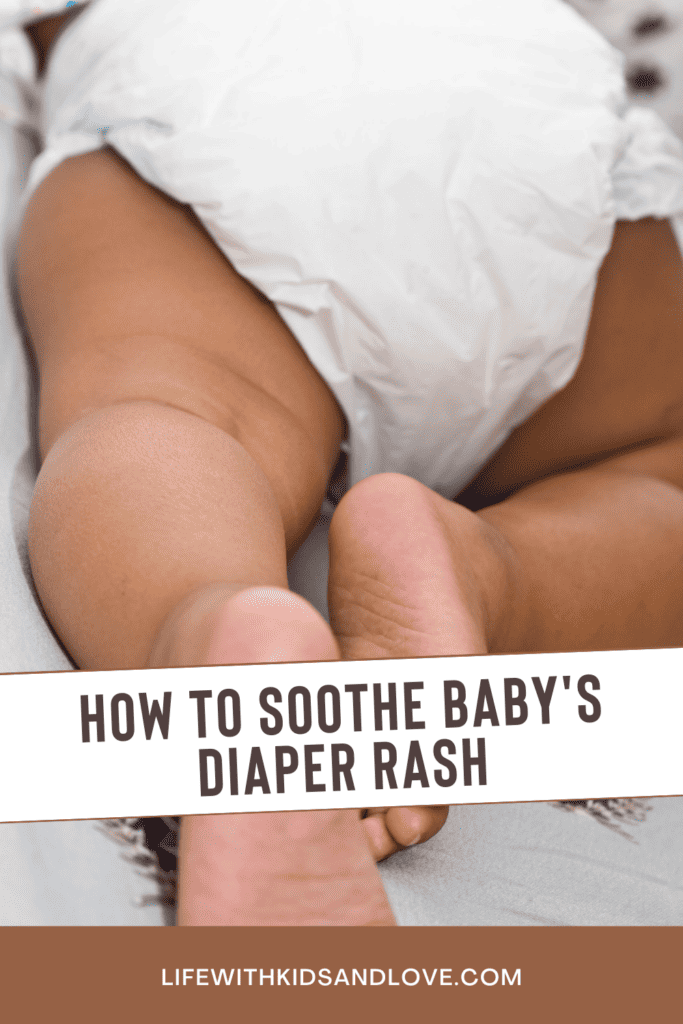
What is a Diaper Rash?
Diaper rash is a skin irritation on the area covered by a diaper, like the bottom and thigh folds.
It can occur in babies of all ages but is most common among infants who are 9 to 12 months old.
The rash normally consists of red patches or small red bumps on the affected areas.
Causes of Diaper Rash
There are several factors that can contribute to diaper rash. Some of the most common causes include constant contact with urine and stool, which can cause skin irritation; prolonged time wearing diapers; tight-fitting diapers; or an allergic reaction to certain brands or types of diapers, baby wipes, or detergents used to clean them.
Other potential causes may include infections, oral medications such as antibiotics, food allergies, and sensitivity to creams and ointments used for treating diaper rash.
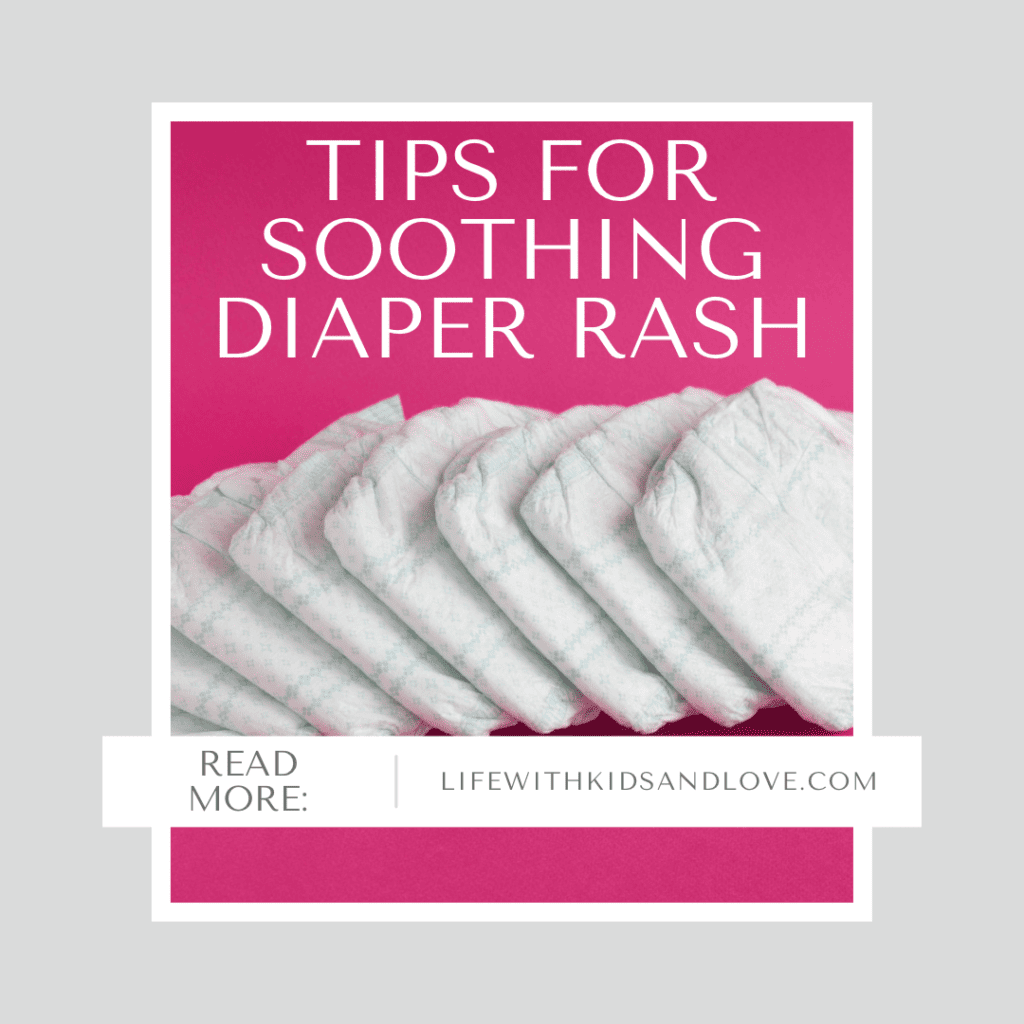
Soothing Baby’s Diaper Rash with Oatmeal Baths
An oatmeal bath is a treatment that uses finely ground oats to provide relief from skin irritations, including diaper rash.
Oatmeal has anti-inflammatory and antioxidant properties that can reduce redness and irritation. It also provides soothing relief for babies suffering from diaper rash.
What do I need to make an oatmeal bath?
To prepare an effective oatmeal bath, you will need the following ingredients:
- one cup of colloidal oatmeal
- two tablespoons of baking soda (optional)
- one teaspoon of honey or essential oils (optional).
Additionally, you may also choose to add up to one cup of Epsom salt if desired.
How do I prepare an oatmeal bath?
To prepare your oatmeal bath, first measure the required amount of colloidal oatmeal and place it in a small bowl.
Next, mix in the baking soda (if desired) until combined, and then add the honey or essential oil (if desired).
Finally, pour it into a warm running bathtub filled with enough water to dissolve all of the ingredients correctly.
If using Epsom salt, make sure to dissolve it in warm water before adding it to the tub.
What other steps should I take when giving my baby an oatmeal bath?
Allow the baby to soak for 10-15 minutes so their skin can absorb all of the beneficial properties of the oatmeal solution. Then, gently pat them dry with a soft towel afterward.
Additionally, you should always remember to keep your baby supervised at all times during their soak for safety reasons.
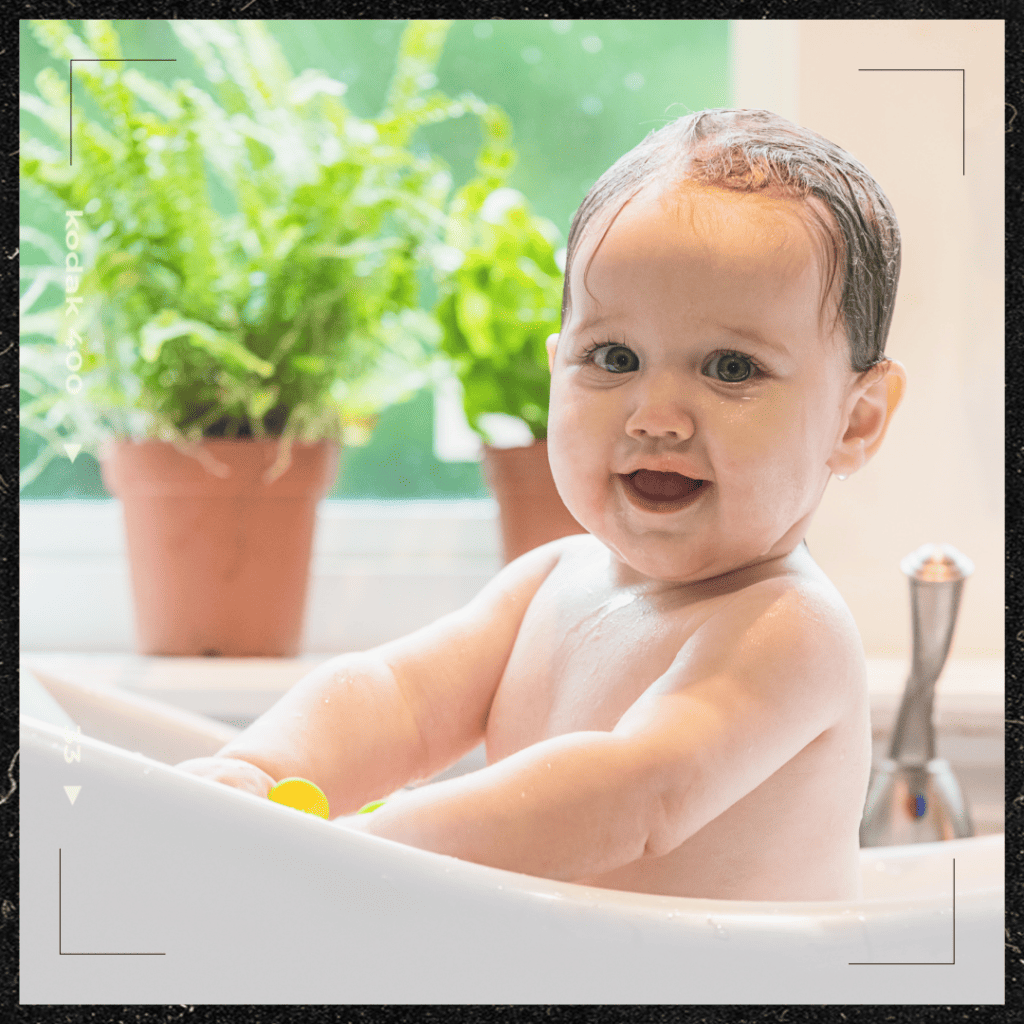
Other Natural Remedies for Diaper Rash
Petroleum Jelly
Petroleum jelly helps to seal in moisture and prevent the skin from becoming overly dry or irritated.
Apply liberally to the baby’s bottom after every diaper change. You can safely leave petroleum jelly on the baby’s bottom overnight.
Be sure to note that it can be difficult to clean petroleum jelly off of clothing and bedding.
Aloe Vera
Aloe vera is a natural healing agent that can help soothe sore, irritated skin caused by diaper rash.
Its anti-inflammatory properties make it ideal for diaper rash as well as a variety of other skin conditions.
To use, simply apply the gel directly onto the baby’s skin after each diaper change. It works best when used in combination with other treatments such as petroleum jelly and barrier creams.
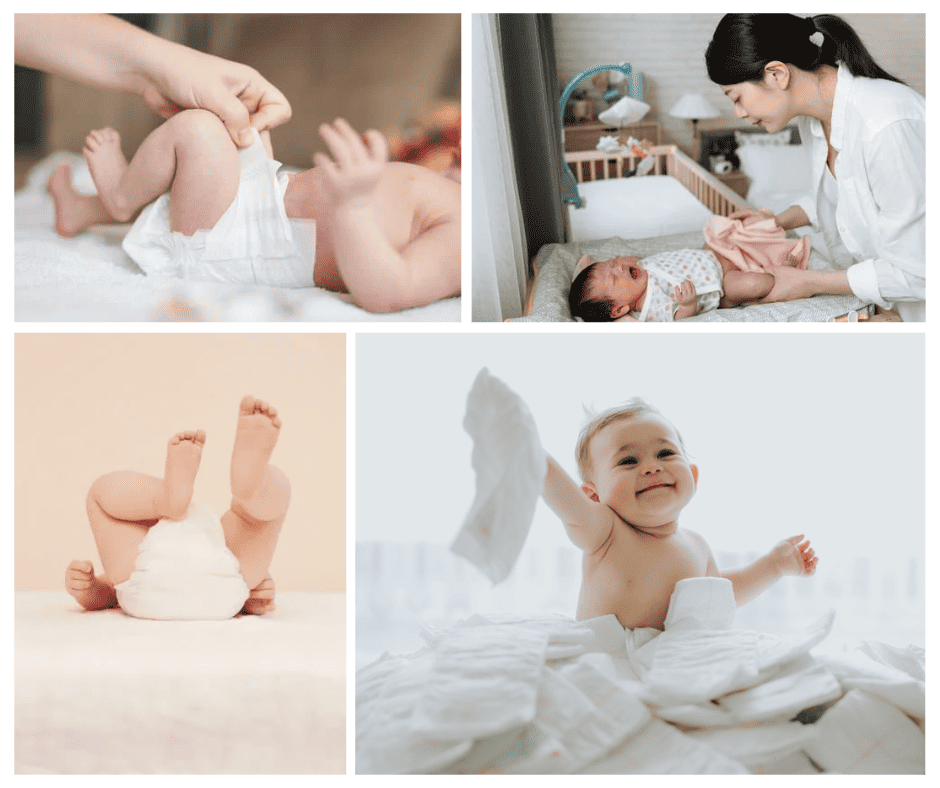
Natural Oils
Many natural oils have antiseptic, antibacterial, and anti-inflammatory properties that make them effective home remedies for diaper rash.
Coconut oil, olive oil, and almond oil are some of the most commonly used oils. These oils have moisturizing qualities which provide relief from itching and pain.
To use, simply apply a few drops of undiluted oil directly onto baby’s bum after each diaper change. It’s best to use only a small amount of oil at first until you know how baby’s skin will react.
Avoiding Bubble Baths
Bubble baths are generally too harsh on a baby’s delicate skin and can exacerbate existing cases of diaper rash or even cause new ones to develop.
If you must give your baby a bubble bath, do so sparingly – once or twice per week is usually enough.
Make sure no soap remains on his/her skin afterward; this could cause further irritation or infection if left unattended.
Changing Diapers Frequently
One of the most important steps in preventing (or treating) diaper rash is changing diapers frequently. This helps ensure that bacteria does not build up between changes.
Make sure you use clean diapers when changing your baby’s bottom and dry them thoroughly before putting them back on. This will help keep moisture levels down which is one of the main causes of discomfort associated with diaper rash.
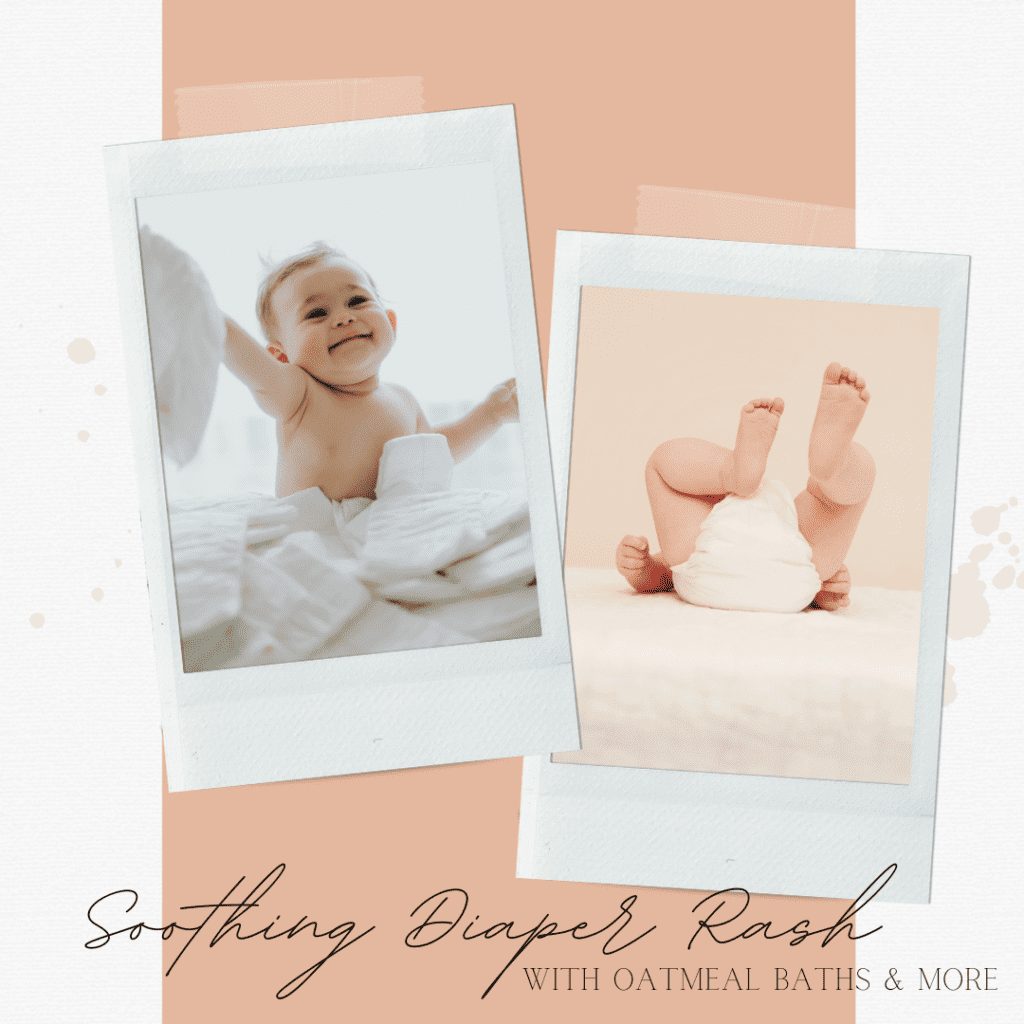
When to See Baby’s Doctor About a Diaper Rash
When a Rash is Persistent
If diaper rash persists after two to three days of home treatment, it’s time to call the doctor.
If a baby has had a diaper rash for more than three or four days, or if the rash seems to be getting worse instead of better, it’s best to consult with the doctor immediately.
This could be a sign of something else going on like an infection or other underlying medical condition.
When the Rash is Severe
If your baby’s diaper rash looks very red or inflamed and you can see blistering, swelling, oozing pus, or spreading patches beyond just the bottom area, this could be a sign of a bacterial infection and requires immediate medical care from a doctor.
It is not something that can be treated at home with oatmeal baths alone and the doctor may need to prescribe topical antibiotic cream or oral antibiotics.
When Rash Spreads to Other Areas
In some cases, diaper rashes can spread beyond the buttocks and genital area onto other parts of the body such as between the legs or even up the back towards the neckline.
This could be another sign of an infection so it’s important to get this checked out by a professional right away as they may require further treatment in order to get better.
When Rash Accompanied by Fever
Diaper rashes can sometimes cause fever in babies which is another reason why it’s important to see a doctor if you notice any signs of an infection like redness that isn’t going away after several days of trying home remedies like oatmeal baths or over-the-counter creams for relief.
A fever combined with persistent diaper rash should always be taken seriously and warrant seeking professional medical attention right away to make sure there isn’t something more serious happening with your baby’s health.

Diaper rash is a common and uncomfortable skin condition that affects babies and toddlers. It is caused by prolonged contact with wet diapers and can be soothed using oatmeal baths.
Other home remedies for diaper rash include applying a barrier cream, changing diapers often, and avoiding tight-fitting diapers or clothing.
If the diaper rash does not improve after several days of treatment, or if it looks infected, you should contact your doctor for further advice.
Taking measures to prevent diaper rash from occurring in the first place is important too; this can be done by keeping the baby’s diaper area clean and dry, changing diapers regularly, and allowing air to circulate around the baby’s buttocks in between diaper changes.
By following the above tips and seeking medical attention when necessary, parents can help ensure that their baby’s skin stays healthy and free of discomfort.






